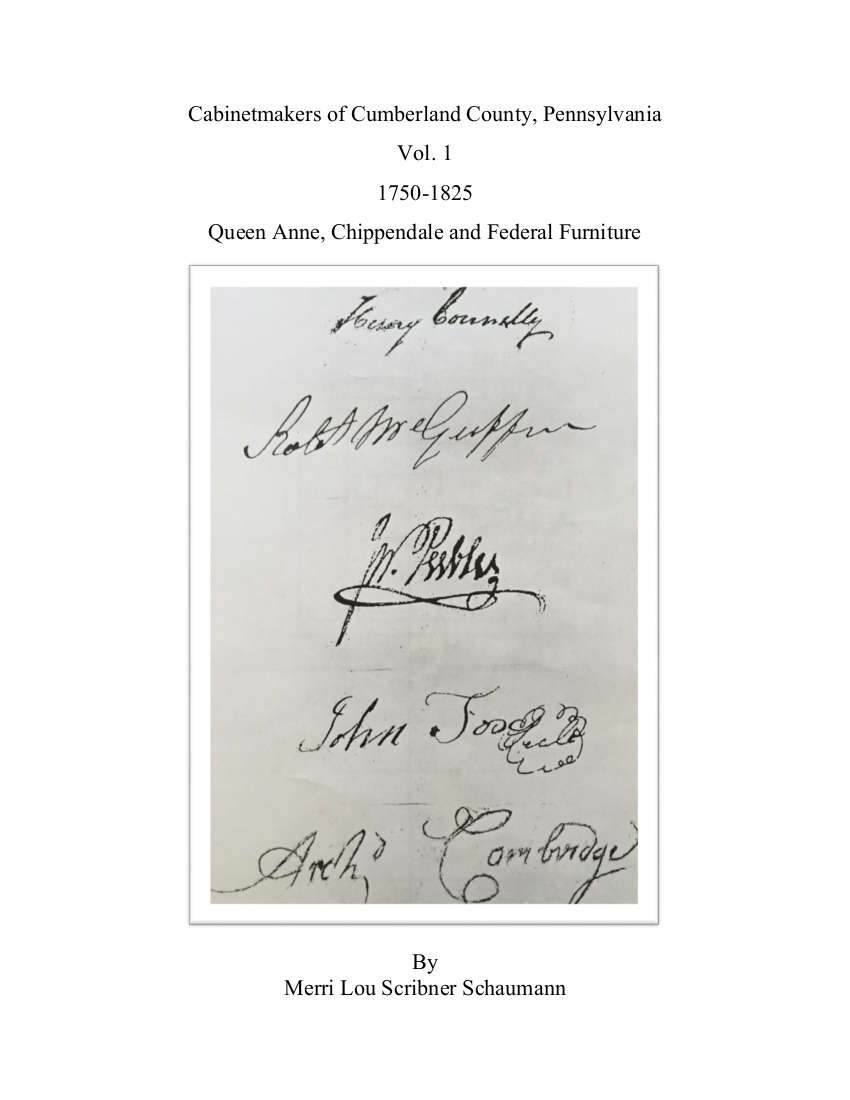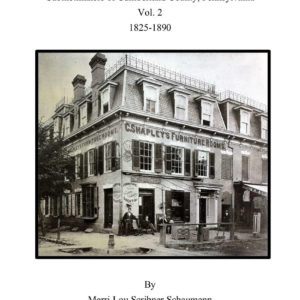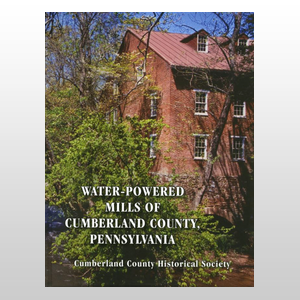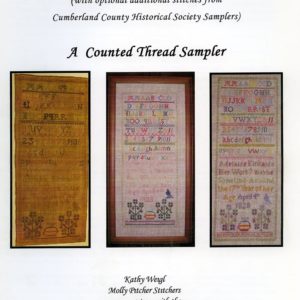Cabinetmakers of Cumberland County, PA Vol. I
Price: $25.99
Description
by Merri Lou Scribner Schaumann
Cabinetmakers of Cumberland County, PA Vol. I Index
Preface and Introduction……………………………………………………3-4
Cumberland County Queen Anne, Chippendale and Federal Furniture….5-56
Carlisle Cabinetmakers…………………………………………………57-121
Newville Cabinetmakers………………………………………………122-161
Shippensburg Cabinetmakers………………………………………….162-178
Lisburn, Allen Township and Springfield Cabinetmakers…………….179-195
Index……………………………………………………………………196-204
ISBN 978-0-9749311-0-4 $25.99 205 pages, Spiral Bound
205 pages indexed, Spiral Bound including cabinetmaker biographies, signatures, inventories, documents, photographs and newspaper ads.
The location of Cumberland County, on the Great Road from Philadelphia to the Ohio Country and west, made it the main route for the Indian traders, missionaries and British soldiers during the French and Indian War. When settlement west of the Alleghenies was permitted after the Revolutionary War, the Great Road through Cumberland County became a major route for settlers, traders and travelers going west and south. All of these factors led to the growth of Carlisle and Shippensburg, both located on the Great Road.
When Cumberland County was created in 1750, it stretched from the Susquehanna River west to what is now Pittsburgh. The first county to be created from Cumberland County was Bedford in 1770. As settlement increased after the War, more and more counties were created from Cumberland County.
The area covered by this book is Cumberland County as defined by its final border in 1820. It is now bordered on the east by the Susquehanna River and York County, on the north by Perry County, on the west by Franklin County and on the south by Adams County. Carlisle, the county seat is 124 miles from Philadelphia, 61 miles from Lancaster and 93 miles from Baltimore.
The first section of the book, titled “Cumberland County Queen Ann, Chippendale and Federal Furniture,” deals with signed furniture, furniture with local provenance and the cases of locally made clocks.
Subsequent sections are arranged by town with the biographies of the cabinetmakers in each town arranged chronologically.
Rather than endnotes, footnotes appear at the bottom of each page for the convenience of the reader.
The names of the men who purchased items at vendue sales ARE NOT indexed.





